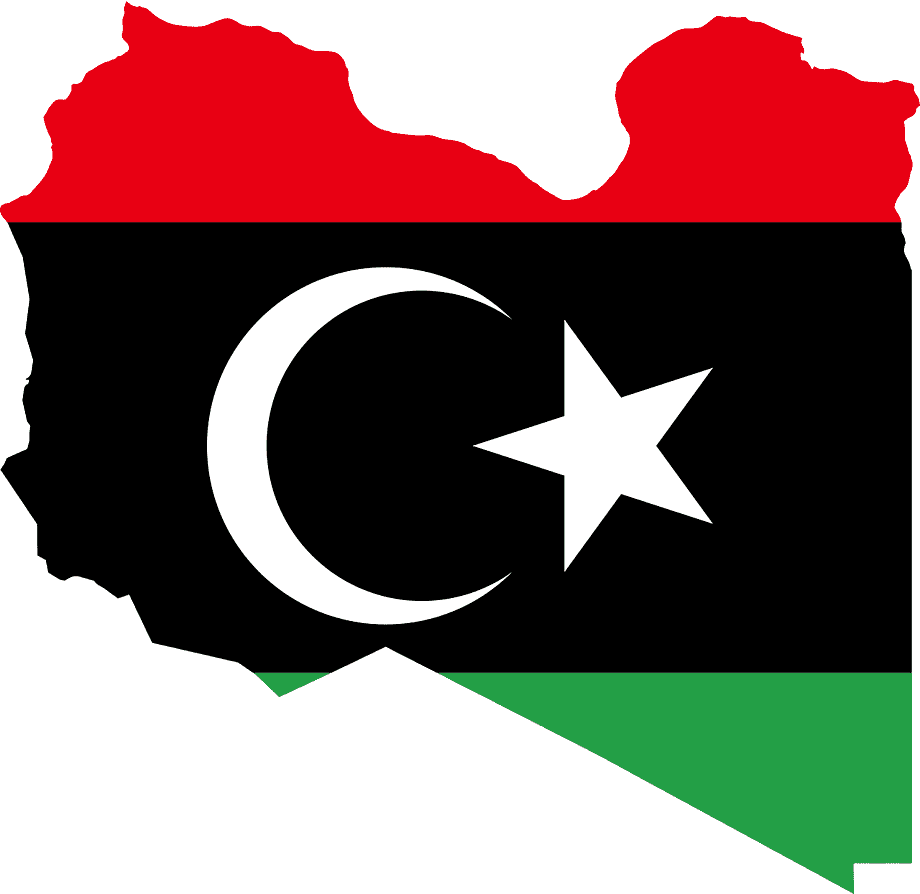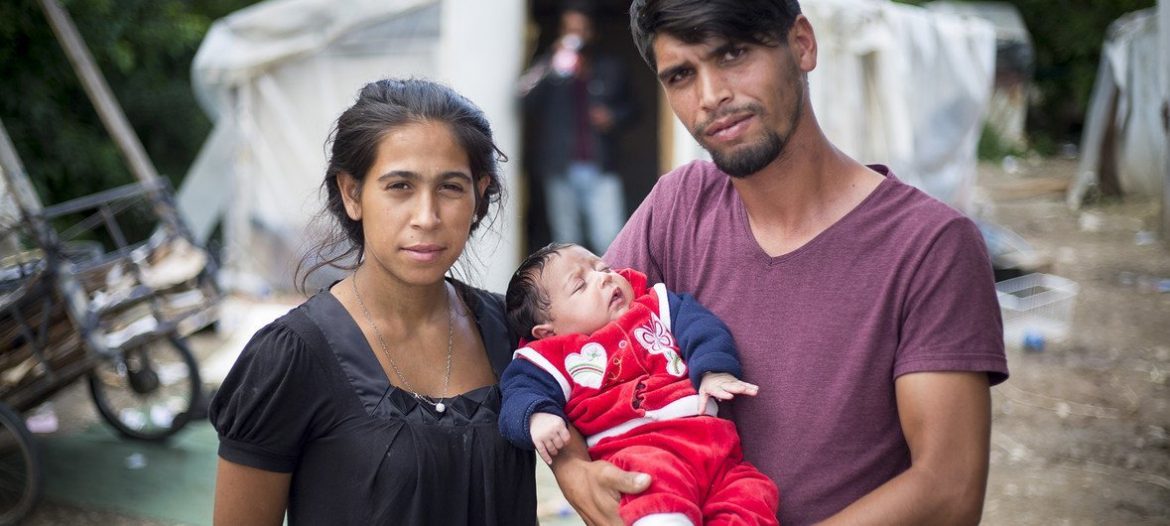Libya borders Tunisia to the west, Chad and Niger to the southeast, Sudan to the east, and Egypt to the northeast.
Libya has a population of approximately 6.4 million people.
Libya – Population trends comparison by major religious groups (1951-2050)
What is the population of Libya?
The population of Libya is currently at 6.1 million people. This number is projected to grow by 2% in the next decade.
Libya’s population is made up of three main ethnic groups: Arab, Berber, and Black Africans. The country has a low fertility rate, which means that the population growth will be slow in the coming years.
The country’s history has been marked by many events that have had an impact on the population of Libya and its future predictions. The first major event was when Italy invaded Libya in 1911 with an aim to transform it into a colony and make it part of Italy’s empire. This invasion led to increased migration from other parts of Africa into Libya as they were escaping from Italian rule and seeking refuge in British-ruled territories.
Libya Population Density and Demographics by Province – Statistical Data
The population density of Libya is around 3.2 people per square kilometer. The population density is the total number of people divided by the total area of land in a country or region.
The population density and demographics by province are shown in the table below:
Province Population Density Demographics
- Al Bayda 2.6 million Sunni
- Al Jafarah 1.3 million Sunni
- Al Kufrah 1.1 million Sunni
- Al Marj 1 million Sunni
- Al Mawsil 685,000 Shiite/Sunni Mix
- Misratah 790,000 Sunni/Shiite Mix
Libya Population by Age Group – How Many Libyans Live in Each Age Group?
Libya’s population is young and the median age is just 24.4 years. This is the lowest median age in North Africa and one of the lowest in all of Africa.
The country has a very high fertility rate, with an average of 4.6 children born per woman, which is among the highest in the world.
Libya has a relatively high life expectancy at birth, with life expectancy at birth for males averaging 69 years and for females averaging 75 years.
Libya’s Growing Populace- Overview of the Current Situation
In Libya, the population is growing at a rate of 2.1%. This is one of the highest in Africa and it has led to an increase in the demand for basic resources.
The Libyan population has grown from 6,387,000 in 2010 to 7,869,000. It is projected to reach 10 million by 2020.
The Libyan government has been struggling to provide for its citizens as public services have been disrupted due to the political instability and violence that have plagued Libya since 2011.
You may also like:



